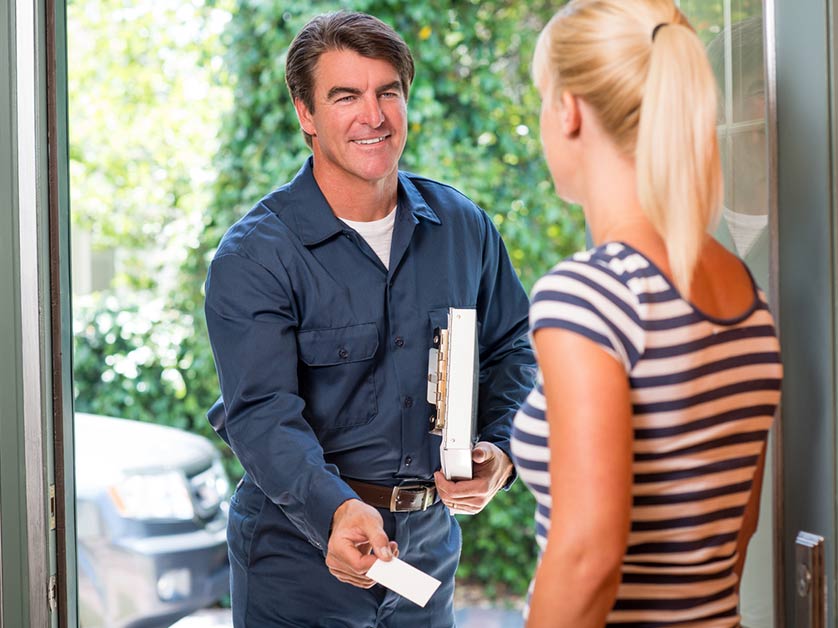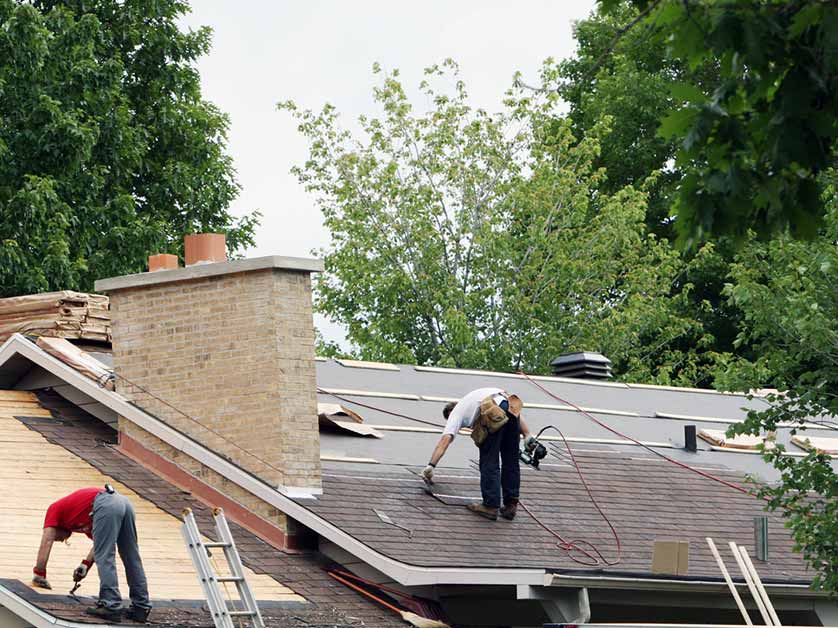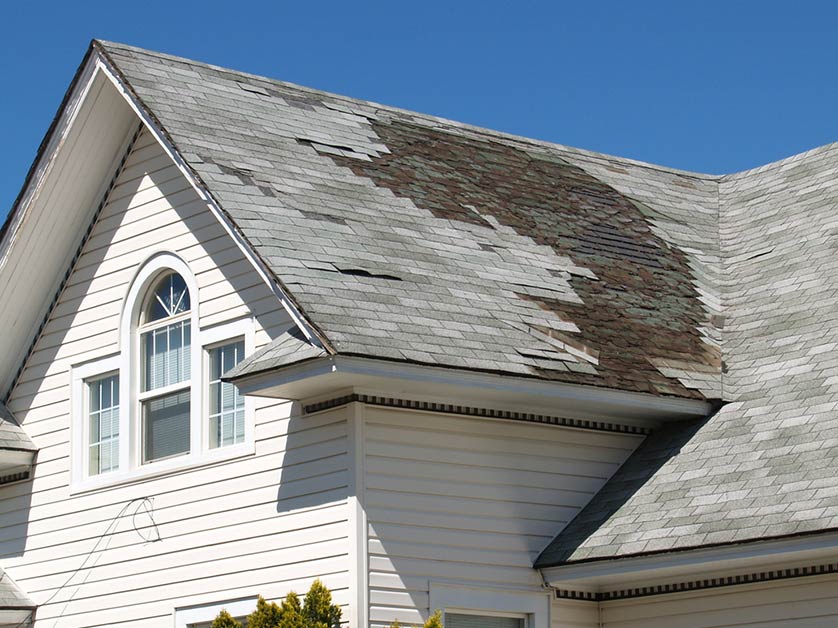Storms can be scary, and the aftermath can be even worse. If
your roof took a beating from hail, wind or heavy rain, you might be feeling
overwhelmed; however, there are steps you can take to make certain that your
claim is successful. Here are some key things to do before you call your
insurance company.
Safety First
Before you even think about contacting your insurance company, make sure
your home is safe. Damaged roofs can pose a danger of falling debris or leaks
that could damage your belongings. If there is major damage, it’s best to stay
out of the house until a professional can inspect it. You can also call your
local fire department or emergency services if there is a danger of immediate
collapse.
Document the Damage
Once it is safe to do so, take lots of pictures and videos of
the damage to your roof. Get close-up shots of any missing shingles, cracks or
holes. Also, take pictures from a safe distance to show the overall extent of
the damage. If possible, try to capture the date and time in the photos using
your camera settings. This will be helpful evidence for your insurance company.
Make Temporary Repairs (If Possible)
While you wait for a professional adjuster to assess the damage, you
might need to make some temporary repairs to prevent further damage from rain
or leaks. This could involve covering exposed areas with a tarp or plywood. Do
not try to do any of these activities yourself because you can put you and your
family in serious danger. It is always best to err on the side of caution and
hire a professional.
Gather Important Documents
When you contact your insurance company, they will likely ask
you for some documents. Here are a few
things to have on hand:
• Your insurance policy information: Find your policy
documents or contact your insurance company to get your policy number and any
other relevant details.
• Proof of ownership: This could be your mortgage paperwork
or the deed to your house.
• Roof maintenance records: If you have any records of
recent roof repairs or inspections, those can be helpful.
By taking these steps before you call your insurance
company, you will be in a much better position to get your claim approved quickly
and efficiently. The more information you can provide, the easier it
will be for your insurance company to process your claim, and you will have a higher chance of a successful outcome.
If you need help with your storm damage claim, contact Shelby Roofing & Exteriors. Started in 1983 by Pat Shelby, Shelby Roofing & Exteriors focuses on residential and commercial servicing. We service Southern IL and the Missouri area, and we are well-known for our outstanding workmanship. Our experts will guide you through the process, and we will make all the necessary repairs to restore your home to its glory.









